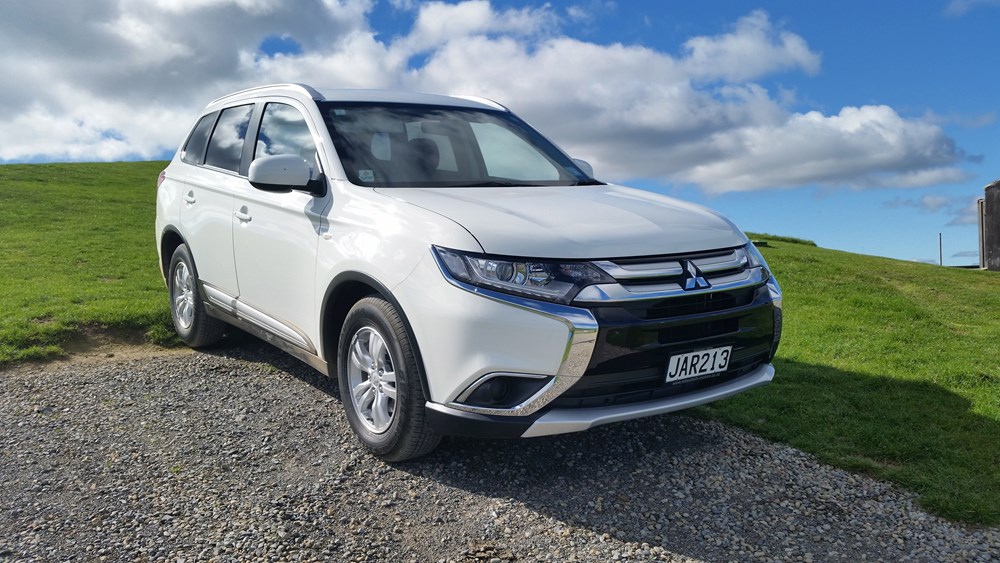While it has quietly been on sale for a few weeks now, Mitsubishi today held the “official” launch of the new Triton ute.
The Triton, which has been a mainstay of the Mitsubishi line up since 1978 (when it was badged L200), has stayed the same size on the outside as the ute it replaces (while gaining a fraction more legroom inside) and features a heavily revised chassis under an all-new body. It comes to New Zealand in 2WD and 4WD, available in single cab, club cab and double cab configurations and is available in GLX, GLX-R (2WD double cab only) and GLS (4WD double cab only) spec levels.
All models get Mitusbishi’s brand new 2.4-litre all-alloy direct-injection diesel 4-cylinder engine that puts out 135kW of power and 437Nm of torque. The new engine is available with either a six-speed manual or a five-speed automatic transmission.
The new Triton also gain a driver’s knee airbag, trailer stability assist, hill start assist, a 6-inch touchscreen on all double cab models (with a reversing camera in wellside models), while the top spec GLS models also get LED daytime running lights, rain sensing wipers, automatic headlights, push-button start, paddle shifters and dual stage air conditioning.
“Last year we sold 1,800 Tritons,” said Daniel Cook Mitsubishi’s head of sales and marketing, “this year we are aiming to sell 3,000. We expect to be beating out the likes of the Nissan Navara and Holden Colorado.”
With no increase in price over the old model, the new Triton starts at $34,790 for the 2WD GLX diesel single cab-chassis manual model and tops out at $59,490 for the 4WD GLS diesel double cab automatic model.
 Also at the Triton launch was the first appearance of the heavily updated Outlander that has only just been revealed at the recent New York motor show.
Also at the Triton launch was the first appearance of the heavily updated Outlander that has only just been revealed at the recent New York motor show.
The dramatic new “Dynamic Shield” nose brings the Outlander into line with the Triton (and, eventually, the rest of the Mitsubishi family) while Mitsubishi says that more than 100 engineering and design changes have been made to the popular SUV.
With improvements to structural rigidity, redesigned suspension, a new electric power steering system, a noise isolating windscreen, better sound insolation and a retuned CVT transmission for improved acceleration, the updated Outlander should offer tangible improvements over the already-excellent current model.
The PHEV version will arrive at a later date. Like the Triton, prices remain the same as the previous model.
“We expect to see an increase in demand for the new model,” said Mitsubishi sales and marketing head Daniel Cook, “The new look alone will drive more than a few customers in.”


